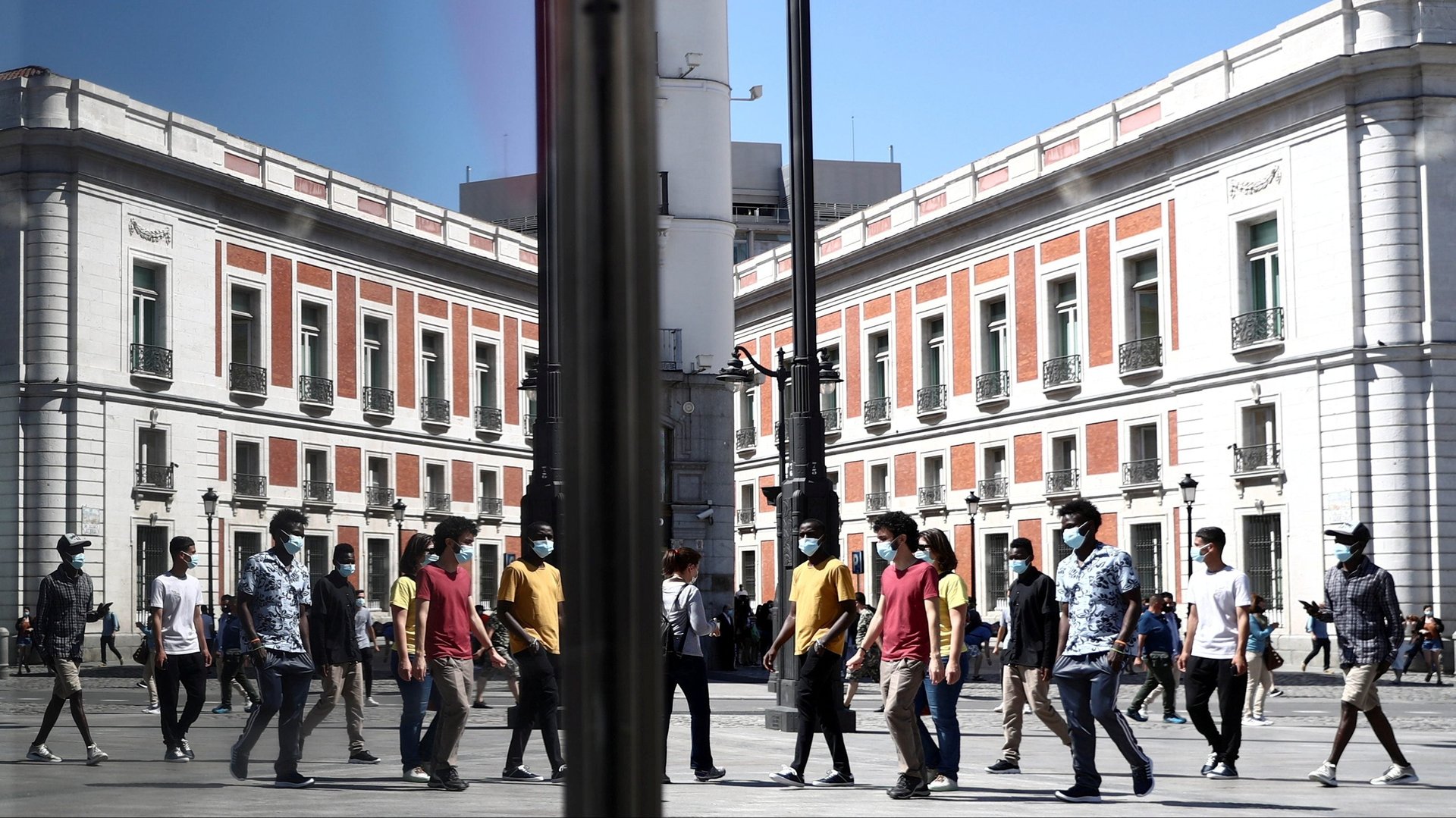The plan to make Madrid livable for the people who actually live there
On June 30, lawmakers in Madrid announced (link in Spanish) their intentions to approve updates the city’s planning codes that will “adapt the city to the 21st century,” according to the government. Deputy mayor Begoña Villacís called the plans “the most ambitious update…in the last 24 years.”


On June 30, lawmakers in Madrid announced (link in Spanish) their intentions to approve updates the city’s planning codes that will “adapt the city to the 21st century,” according to the government. Deputy mayor Begoña Villacís called the plans “the most ambitious update…in the last 24 years.”
Spain’s capital city has enjoyed relative economic stability in recent years, though it still faces many of the same challenges of densely-populated areas: rising rents, congested streets, insufficient access to green space. And of course, Madrid has not escaped the pandemic unscathed. After enduring some of the country’s worst Covid-19 outbreaks and several rounds of lockdowns, local authorities are now focused on safely reopening the economy. The city’s unemployment rate increased in 2020, it has steadily gone down this year. The city council has now put forward a set of urban planning priorities to help Madrileños continue moving forward.
Making housing more comfortable
In her speech, Villacís acknowledge how the pandemic raised the importance of having comfortable, livable homes, and committed to new regulations that would redefine comfort standards for homes and place an emphasis on outdoor spaces like balconies and patios. One study found that Madrid has the highest number of interior apartments (link in Spanish) in its real estate market compared to the rest of Spain, meaning many apartments don’t have easy access to outdoor space. Madrid hasn’t defined the updates to its housing codes yet, but the could look like recent measures passed by the Basque government requiring new homes built in the region to include a balcony.
Build more public housing
Mayor José Luis Martínez-Almeida also announced during the meeting that the city would invest €180 million ($214 million) in a project to build about 1,200 units of public housing over the next several months for low-income residents and other more vulnerable groups like single-parent households and seniors. This is in addition to several other rehabilitation and new construction projects that are already underway. “We are the largest public housing developer in Spain,” the mayor said of the city government (link in Spanish).
Encourage more “co-living” residences
Dorm-style co-living spaces, where individual units share common kitchens and living spaces have gained popularity in recent years. Villacís says she’ll regulate these types of dwellings in a way that encourages them to proliferate.
In June, the Madrid city government approved a new co-living project in the Barajas district near the airport. The building will include more than 70 affordable units, as well as 25 apartments intended to be “intergenerational spaces” that encourage communal living for people in all stages of life.
Crack down on vacation rentals like Airbnb, VRBO, HomeAway, and Wimdu
Villacís also proposed new regulation for tourism rentals, which have been a source of strife for their impact on the overall rental market in the city. Madrid has the highest number of short-term vacation rental apartments in Spain, edging out Barcelona, which has also had its issues with the Airbnb market. While the market declined somewhat over the pandemic, There are nearly 1.5 million tourist rooms available across the city.
In 2019, the city government issued a rule saying that apartments without a private entrance could not be listed as vacation rentals, making it more difficult for a single flat owner in an apartment building to rent out a unit. The move was part of the city’s ongoing efforts to curb the short term rental market. Any new update to the city code is likely to further tighten these rules about what apartments can be rented out.
Make streets more livable for people, not cars
Madrid’s grand streets may also get an update with the new proposals. Villacís said she wants to initiate projects that will “bring life” back to streets including new market spaces to promote local commerce and leisure activities. Madrid neighborhoods such as Las Tablas, Sanchinarro, and El Cañaveralare all centered around broad boulevards that accommodate pedestrians with green spaces as well as cars on the road. Like Barcelona and other cities across Europe, Madrid has increasingly prioritized pedestrians over vehicles on its streets in recent years. In 2018, the government blocked off all non-resident vehicles from the city center.